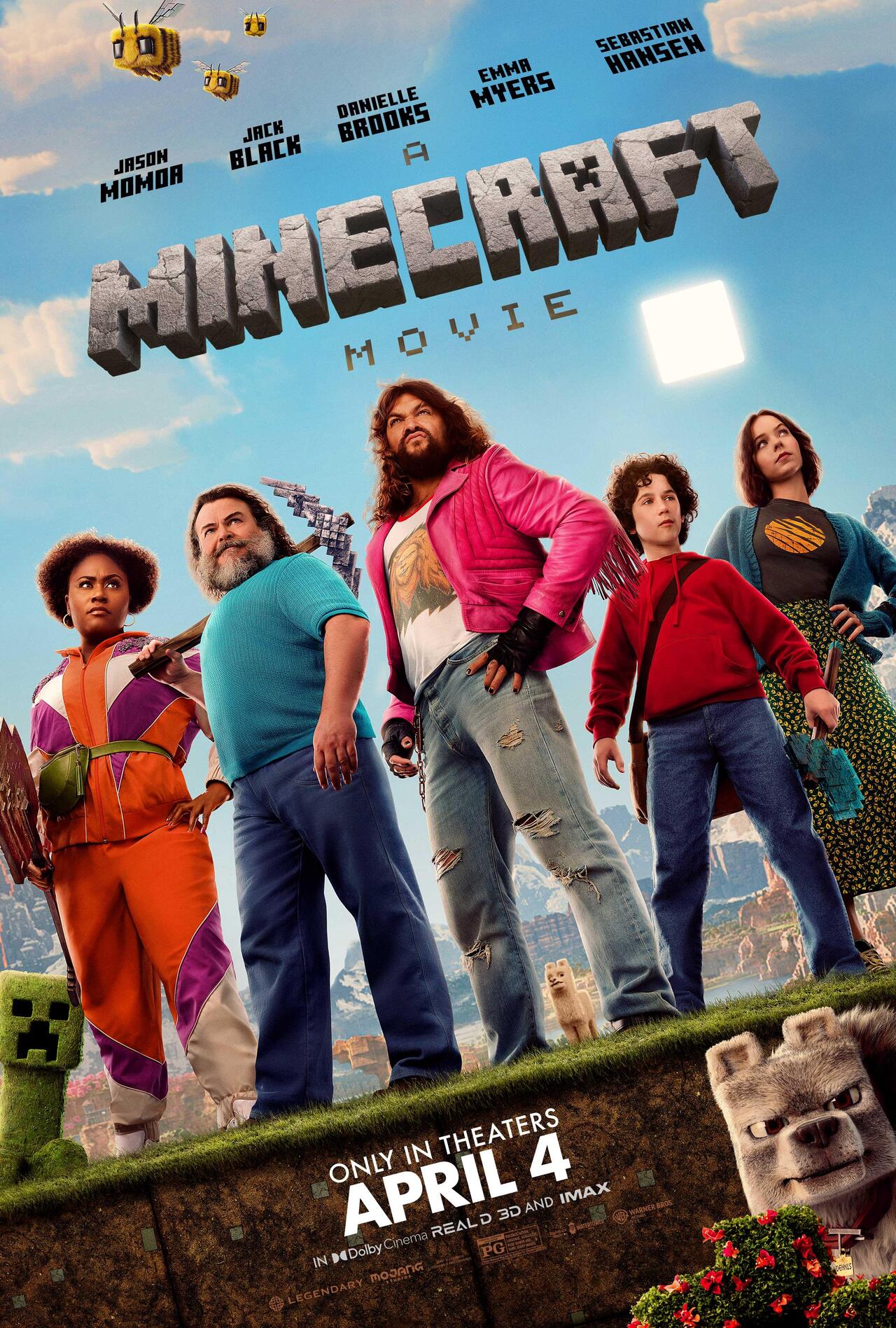
'100 Ways to Cross the Border' set to premiere at BAMcinemaFest
The documentary following the artistic career Guillermo Gómez-Peña, will premiere at the BAMcinemaFest festival in New York in June.
“At a time when the mainstream media is filled with stories about the U.S.–Mexico border, the documentary presents the work and philosophical frameworks of an artist with a sustained dedication to highly impactful, innovative artistic interventions on that border. Including archival footage from his performances at BAM in the 90s, Gómez-Peña enacts his artistic interventions by 'queering the border' — claiming all borders as queer and liminal spaces,” reads the synopsis of the documentary 100 Ways to Cross the Border, directed by Amber Bemak.
The American director, who once took part in the Berlinale Talents program for emerging directors, has directed several documentary short films in which she narrates feminism, human rights and queer issues. In this 84-minute documentary feature film, Bemak offers a reflection on the 40-year artistic career of Mexican-Chicano Guillermo Gómez-Peña and his company, La Pocha Nostra.
Gómez-Peña, who has been living in the United States since the 1980s, is an artist of performance, poetry, video, literature, and cultural theory. In his work, he explores themes related to inter-culturalism and border culture through the use of mixed genres and experimental languages.
RELATED CONTENT
Some critics describe his work as 'Chicano cyber-punk performance,' in which experimental aesthetics are combined with social reality, English with Spanish, and Chicano humor with political activism.
“As Latin Americans we feel that we have an obligation to develop our own theoretical frameworks. So in many ways I began to think of the border as a laboratory to develop utopian and dystopian models; and also as a place, as a meeting area for multiple rejects from monoculture, multiple exiles of different genders, races, nationalities and languages. A kind of common ground and a spiral as a supposed border line. Of course, my notions of the border have changed. At first they were more geographically and geopolitically specific. I was dealing more with the border between the United States and Mexico, but then I began to think that in a certain sense there was a process of bordering the world and that, in many ways, everywhere, where two or more cultures, languages and races meet, there is a border phenomenon,” he once said in an interview.
The film 100 Ways to Cross the Border, which was shot in 2021 between the United States and Mexico, will have its world premiere on June 25 at BAMcinemaFest — a festival that will take place at the Peter Jay Sharp Building in Brooklyn.
Running since 2009, this annual festival is a showcase for independent films and a year-round extension of the BAMcinématek film program, bringing together the most innovative new work from festivals across the U.S., and from around the world, bringing them to audiences in New York City.
This year's edition will be held from June 23 to 30. The program includes the screening of short films, feature films, music and round tables with filmmakers.











LEAVE A COMMENT: